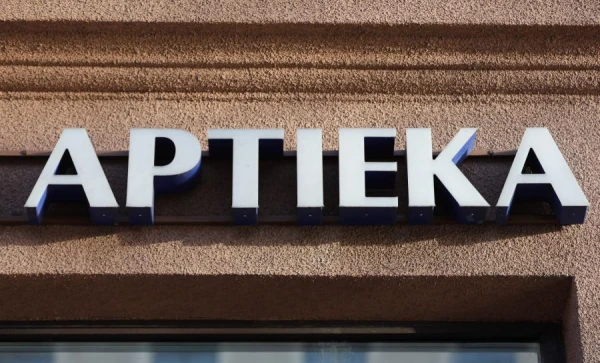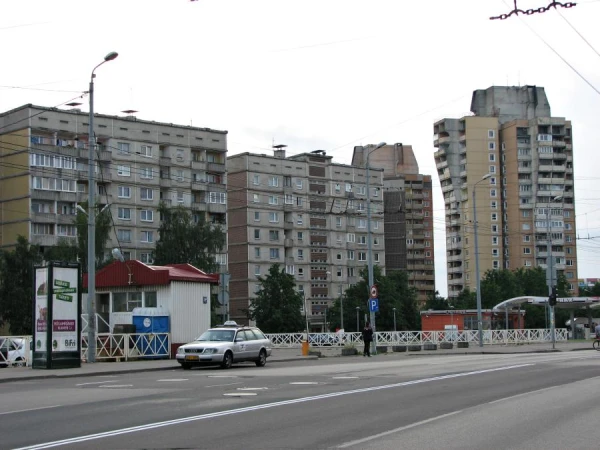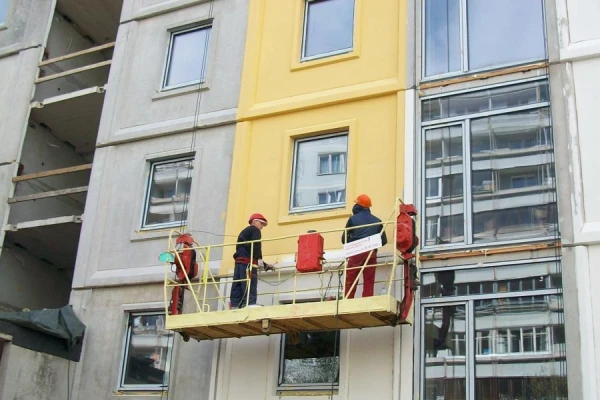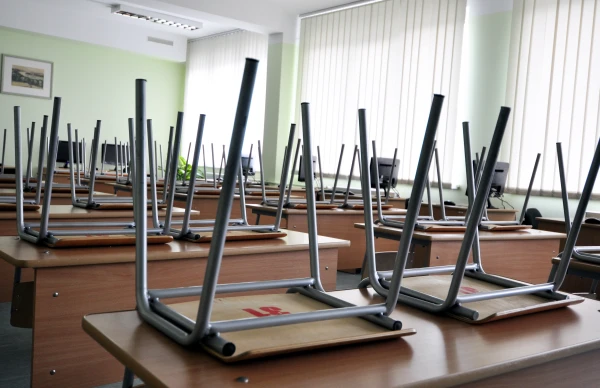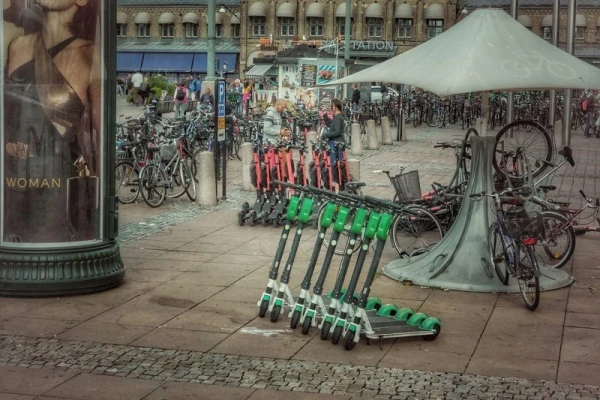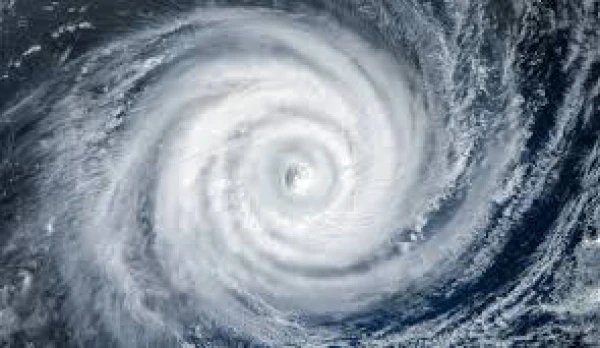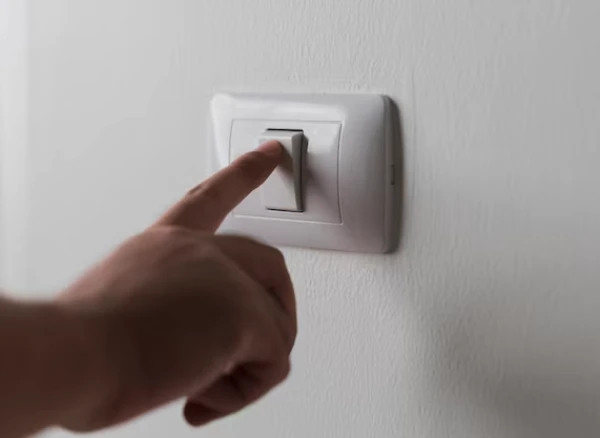
The average market price of electricity in Latvia and Lithuania rose by 48% last week compared to the previous one, reaching €126.17 per megawatt-hour (MWh), reported JSC "Latvenergo."
In Estonia, the price of electricity increased by 14% compared to the previous week, reaching €86.87 per MWh.
Last week, prices in the Scandinavian region decreased due to an increase in the capacity of wind power plants, while in the Baltic countries, prices rose significantly mainly due to disruptions in electricity transmission.
The price in the "Nord Pool" system fell to €28.85 per MWh, which is 18% lower than the previous week. There was a discrepancy between the Baltic countries, mainly due to limitations in transmission capacities that prevent price alignment between zones.
In Northern Europe, wholesale electricity prices decreased compared to the previous week, driven by an increase in electricity generation at nuclear power plants (NPPs) and renewable energy sources. Wind energy production increased by 7%, continuing a steady rise for several consecutive weeks.
At the same time, solar energy production fell by 36% compared to the previous week, dropping below the mark of 100 GWh. The availability of NPPs in the region rose to 74%, reflected in an 11% increase in output from Finnish NPPs, contributing to a decrease in electricity prices in the Scandinavian market. In the Baltic countries, the average electricity price sharply increased last week, mainly due to transmission constraints and a slowdown in renewable energy production.
From October 6 to 10, the Lithuania-Sweden interconnection channel ("NordBalt") with a capacity of 700 megawatts (MW) was completely shut down. After the resumption of transmission flows, electricity prices in the Baltic region sharply fell.
In the "Nord Pool" region, electricity consumption amounted to 7442 GWh, while electricity production was 8347 GWh.
Total electricity consumption in the Baltic countries decreased by 2% to 495 GWh. In Latvia, electricity consumption was 2% lower than the week before, totaling 130 GWh. In Estonia, consumption increased by 2% to 149 GWh. In Lithuania, consumption was 217 GWh, which is 3% less than the previous week.
Electricity production in the Baltic countries increased by 18%, totaling 326 GWh. In Latvia, production was 7% higher than the previous week, amounting to 64 GWh, in Estonia it rose by 30% to 90 GWh, and in Lithuania, it increased by 16% to 172 GWh.
Last week, the production-to-consumption ratio was 49% in Latvia, 60% in Estonia, and 79% in Lithuania. The Baltic countries accounted for 66% of the electricity consumed in the region.
Read: "We are being robbed!" Residents of Latvia outraged by new electricity payment scheme

